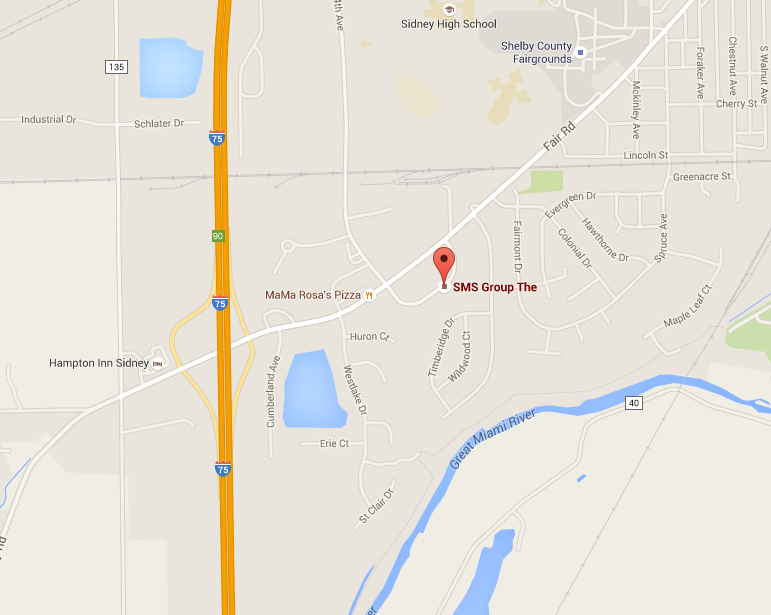How to Gain Visibility with Effective Container Tracking
Returnable packaging is the lifeblood of an efficient supply chain. Sourcing, inventory management, manufacturing, transportation, and distribution all depend on returnable containers. These valuable assets provide a wealth of benefits—but the costs can quickly mount for companies that aren’t prepared to utilize container tracking effectively. Managing and tracking reusable containers presents a major difficulty for companies relying on manual processes, or worse, not monitoring them at all.
Poor or no tracking equals a lack of visibility, which in turn equals returnable containers being misdirected, stolen, or lost.
- Plastic pallet and container loss registers between $800 million and $1.5 billion in the U.S. every year.[1]
As you can see, the inability to track containers proves quite costly. Visibility is critical. The most efficient way to obtain visibility into all of your disparate processes that containers are involved in is to monitor the movement and location of containers throughout the supply chain.
Managing and tracking reusable containers presents a major difficulty for companies relying on manual processes Click To TweetImplementing a Container Management and Tracking System
“Where are our containers? Where should they be?” These sound like simple questions, but many companies can’t answer them because they don’t know how to go about implementing a container management and tracking system. Here are some steps to take that will help you answer those questions through an effective container management system.
Understand your Systems and Processes
Gaining supply chain visibility starts with understanding your container management system. First, identify where your containers are used and map the journey they take through the supply chain.
Identify Pain Points
Once you have mapped out your supply chain, determine where your biggest challenges or pain points lie. These include things like container utilization, container loss, and transportation management.
Fill in the Missing Data
Once you have found the areas that are most challenging to your operation, identify the data you need to gain better visibility. The most useful data is data that is not siloed, but shared throughout the supply chain.
Monitor Key Performance Indicators
Once you have your critical data, take it and make it actionable. From there, determine KPIs and monitor them closely.
Analyze and Improve
Use your KPIs to evaluate and continuously improve your container management system. Real-time information means knowing when a container has gone missing, and where exactly it is.
Employ the Right Technology
The above steps all hinge on you having the right technology in place. There are many technologies that can be used for container tracking, including barcodes, passive and active RFID, GPS, and more. For help employing container tracking technologies and implementing an effective container management system, contact the SMS Group.
[1] http://packagingrevolution.net/the-staggering-numbers-for-reusable-packaging-and-pallet-loss/

